Scavenging harmful reactive oxygen species, this new biomaterial reduces inflammation and promotes nerve regeneration in spinal cord injury.
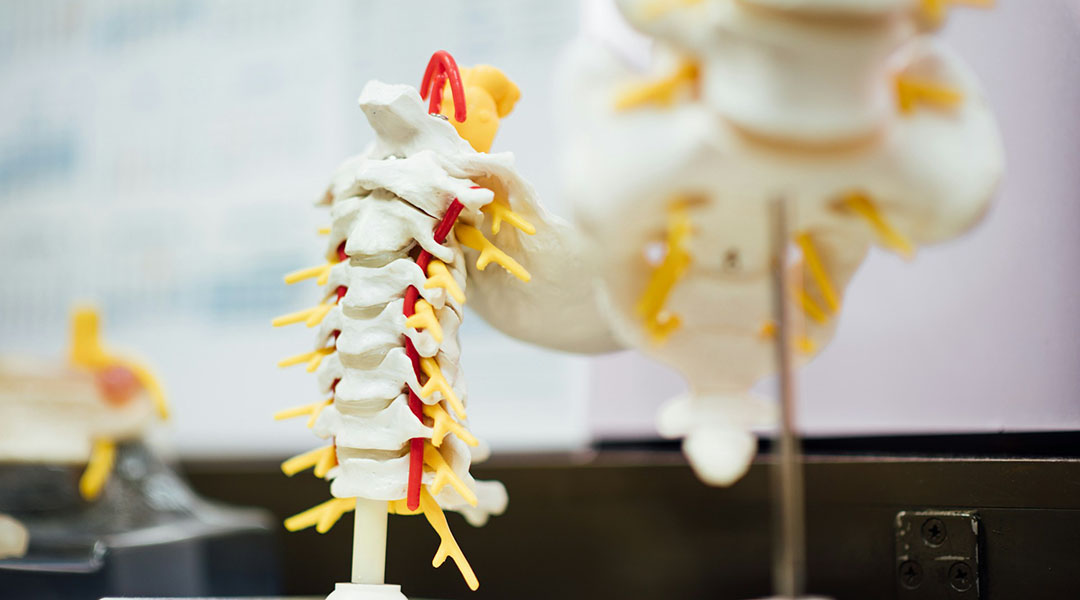

Scavenging harmful reactive oxygen species, this new biomaterial reduces inflammation and promotes nerve regeneration in spinal cord injury.
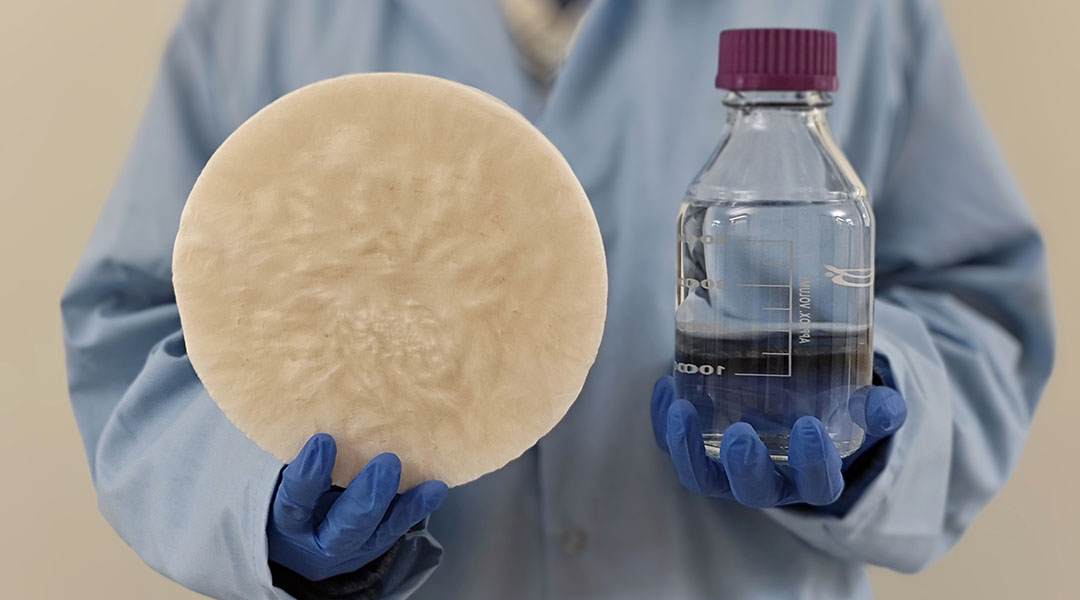
A new hydrogel extracts water from the air, offering a sustainable alternative to bottled water and addressing global water shortages.
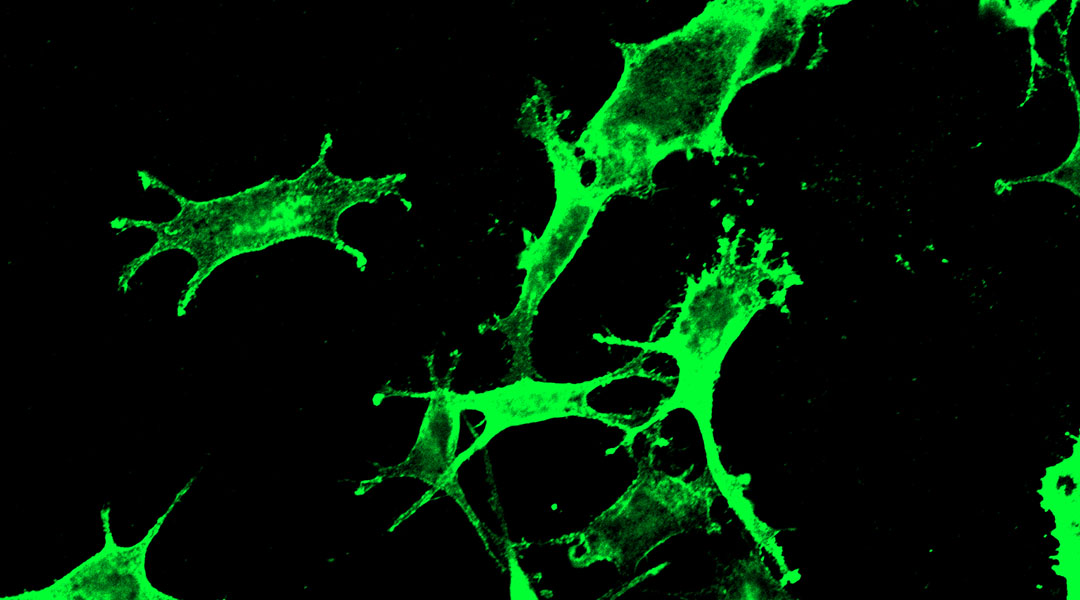
SARS-CoV-2 marker used to trigger the immune system against cancer, showing promise in shrinking tumors and improving survival in mice.
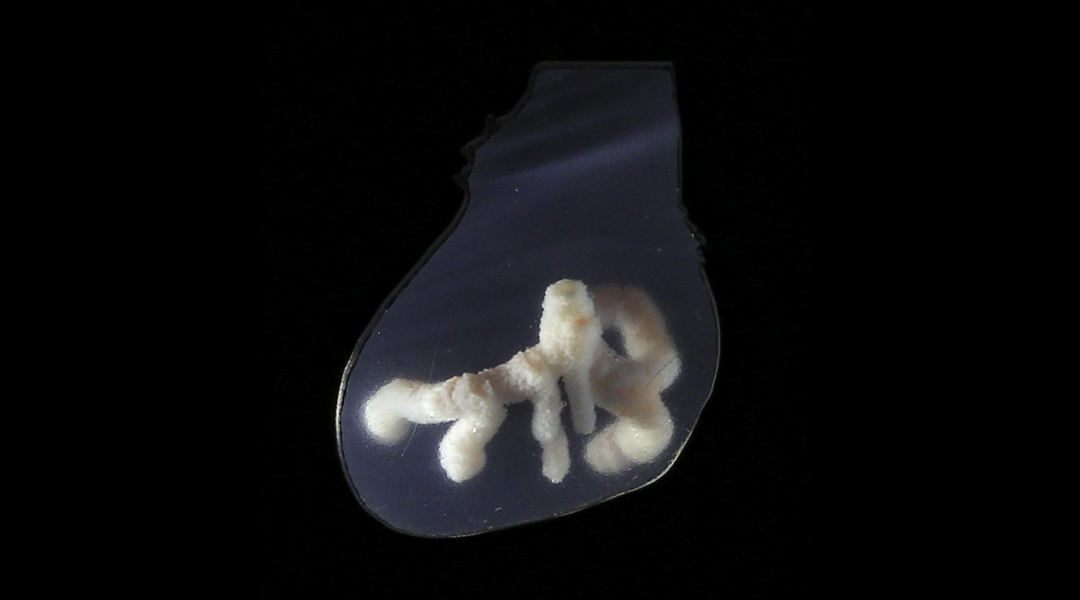
This 3D printing method could make lab-manufactured organ transplants not just a possibility but a viable reality.
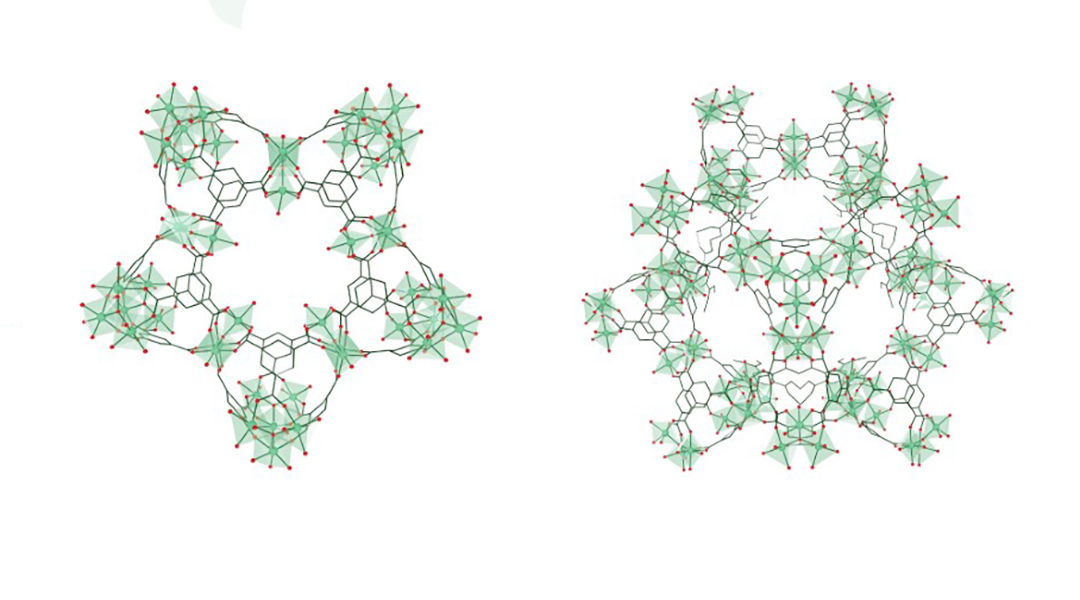
A new material converts NOx environmental pollutants into harmless byproducts without the need for any heat.
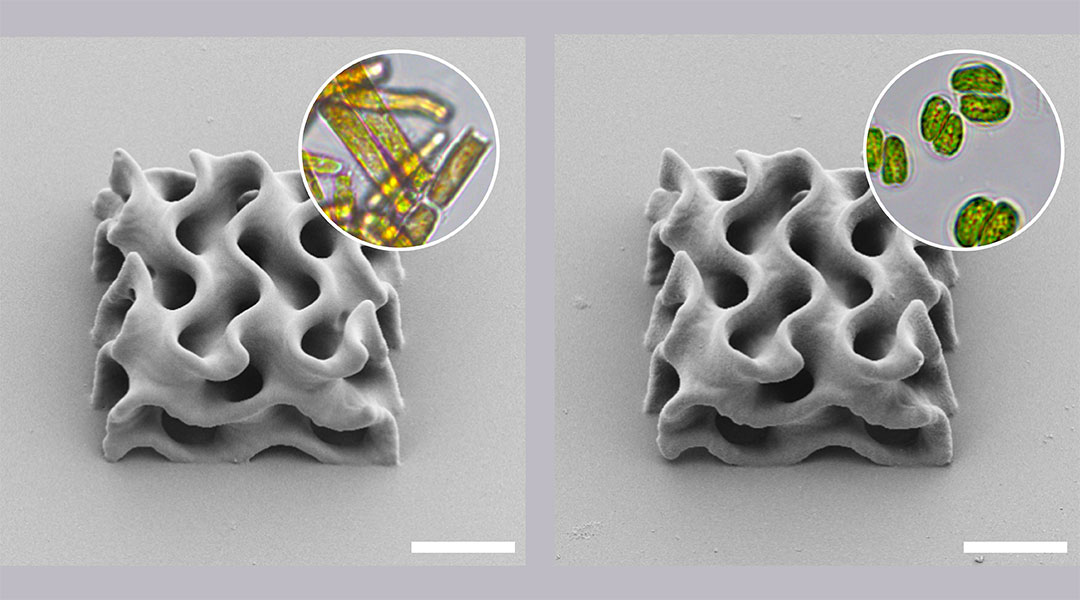
A search for environmentally friendly inks led researchers to microalgae biofactories, providing a renewable biomass solution.
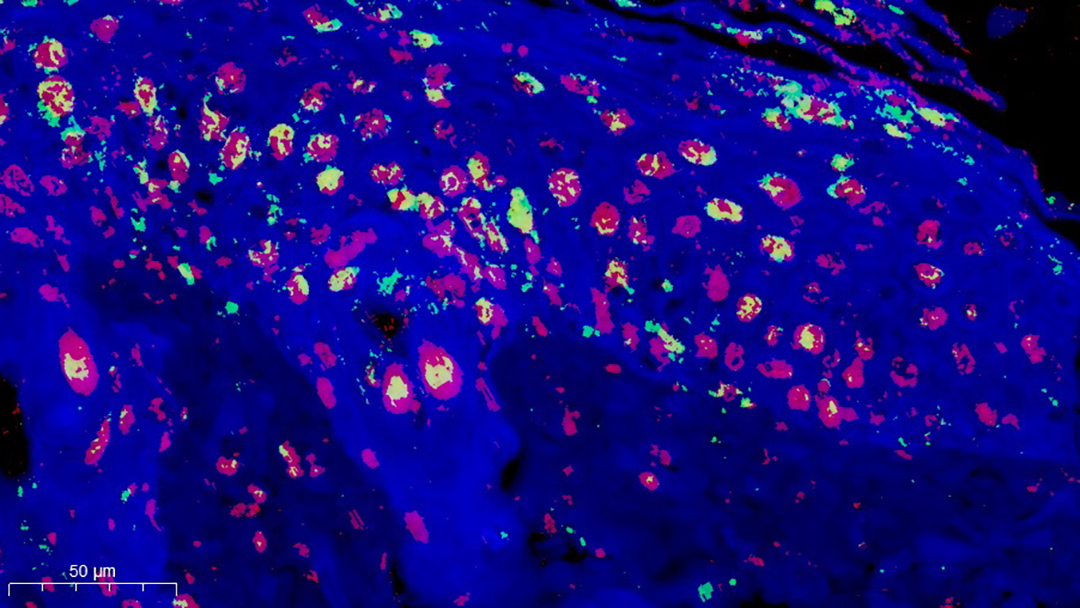
Zwitterionic hydrogels boost healing in diabetic wounds by balancing the immune response, reducing inflammation, and promoting tissue growth.
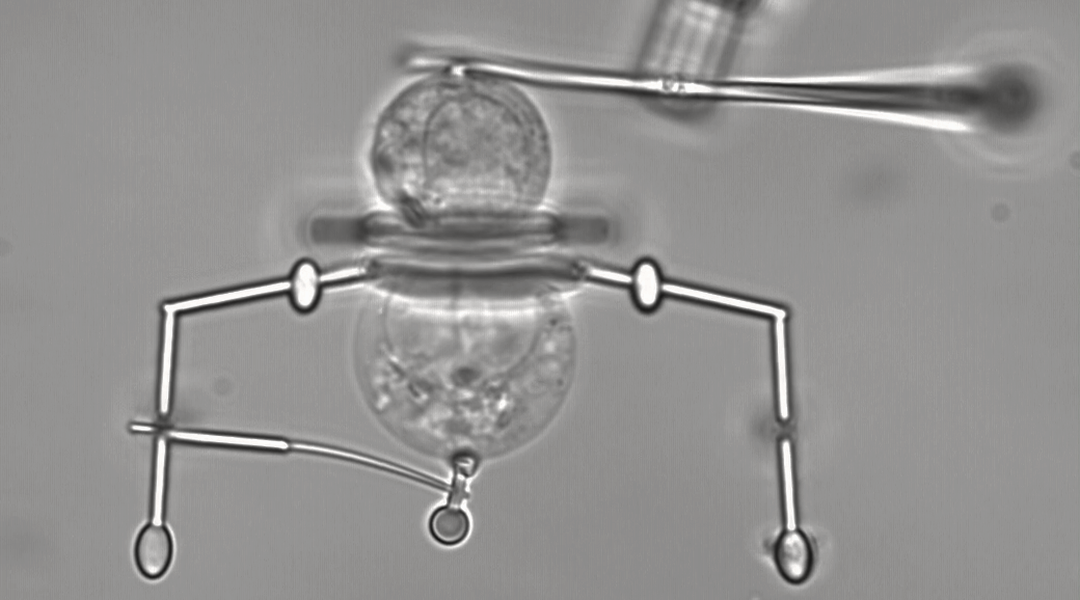
Fitted with nanoscale grippers, these microrobots offer new opportunities for imaging and manipulating single cells.
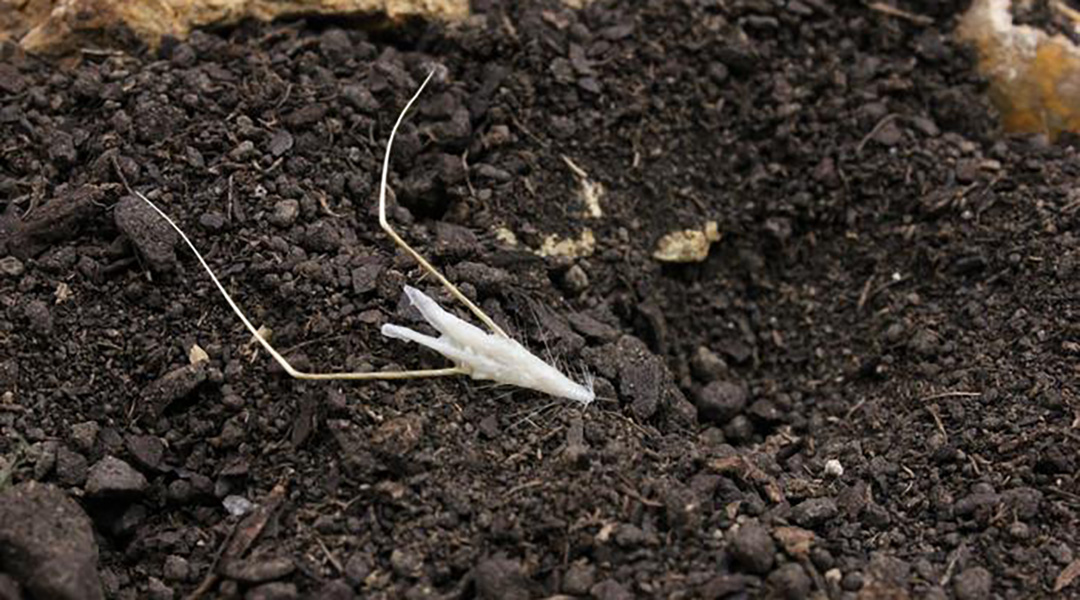
A biohybrid robot made from oats moves in response to humidity and is being tested as a biodegradable vector for reforestation efforts.

This new brain–computer interface detects weakened brain signals and boosts them to healthy levels, potentially reversing cognitive aging in the brain.